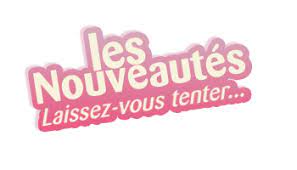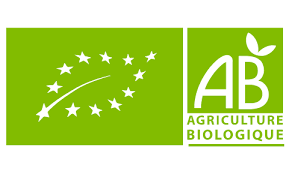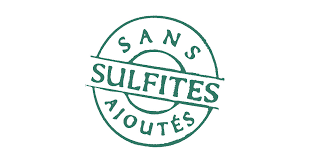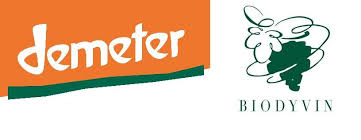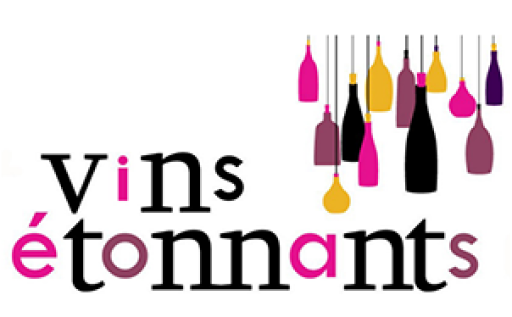Livraison à partir de 9.50€ pour la France !
Franco à 250€ de commande pour le France continentale et la Belgique.
Château de Mayragues

« Les vins d’avenir ont toujours un passé »
Les débuts
Les vignes à Gaillac ont été domestiquées par les Romains, mais leurs origines sont au moins 3000 ans plus tôt. Ces dernières remontant au XIIème siècle, le Château de Mayragues est relativement récent ! Un acte d’achat du domaine daté 1609 évoque le château, le pigeonnier, les vignes, les champs et les bois. Le domaine, qui s’étend aujourd’hui sur 80Ha, comprend 12Ha de vignes, 45Ha de champs et de bois (25Ha), un environnement idéal pour la pratique de la biodynamie. Il est en polyculture et souhaite le rester.
Un passé composé
Le domaine, acquis en 1980 par la famille Geddes, (Alan, écossais, Laurence, parisienne, et leurs enfants Duncan et Anne nés dans les années 80), comprenait le château en état de ruine, le vignoble et le chai guère mieux. Le travail de remise en état commença tout de suite et la première mise en bouteille fut en 1982. Converti en biodynamie en janvier 1999, Mayragues est le premier vignoble à Gaillac à avoir adopté cette approche. Le domaine est repris par Duncan et sa sœur Anne en 2015.
Le terroir et les cépages
Sur une base calcaire avec des zones argilo-calcaires, les parcelles de vignes, 12Ha au total (4Ha en blanc 8Ha en rouge), se trouvent dans un paysage vallonné débouchant vers un plateau orienté Nord / Nord-Ouest. Les cépages sont principalement locaux, Duras et Braucol en rouge, Loin de l’œil et Mauzac en blanc complétés par la Syrah, le Cabernet Sauvignon et le Gamay. Après les vendanges manuelles, vinification douce avec comme seul intrant un minimum de SO2, le but étant de faire ressortir les arômes si spécifiques des cépages locaux. Les vins naturels sont alors l’expression du terroir.

What does the name organize mean?
This can be so diverse depending on the personality of their sire, that it is easier to define what it is not. An author wine is anything but a standard, stereotypical wine, made to please as many people as possible. It is therefore rarely produced in millions of copies, copying itself from vintage in vintage.
An author wine is therefore a wine that does not look like that of the neighbor. Which from year to year will evolve according to the vagaries of the weather and the mood of the author - the two that can be linked. Because the author does not rely on market studies to carry out his boat. He makes his wine as he feels, as he likes, as he can, sometimes ... and too bad if he does not please everyone.
This is why author wines are sometimes classified as "table wine" or "France wine". Because the winemaker did not plan the authorized grape variety*, makes the assembly or vinification recommended in the name **. He is often a bit rebellious, our author. But that is why we like it! ... That said, author's wines are not systematically marginal: they are present in most of the appellations, and can be part of the elite of these this***. Because they are not content to have personality: they are good, in addition! With in general aDegree of TorchabilityVery high: we never tire of it at the end of the first sip.
As author's wines are not chaptalized, levied, hacked ... They can have very different profiles depending on the vintage. It is up to us (resellers and consumers) to accept them as they are, and to remain faithful to the producers, because they need us to continue their activity.
______________________________
* For example, theTouriga Nacionalin the Minervois, or theSyrahIn Forez ribs. They are crazy, these authors!
** Some winegrowers dare to produceSweety with Mourvèdre or oneNatural sparkling with Pineau d'Aunis
*** Like those of Jean-François Ganevat in the Jura or Zind-Humbercht in Alsace

